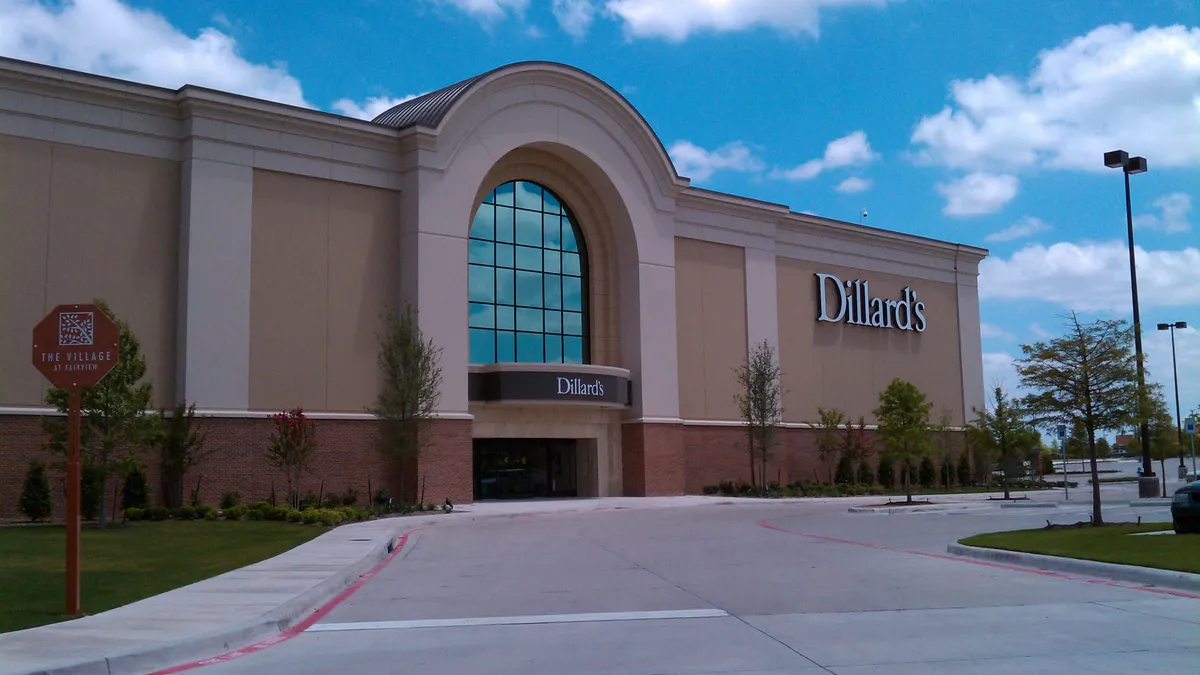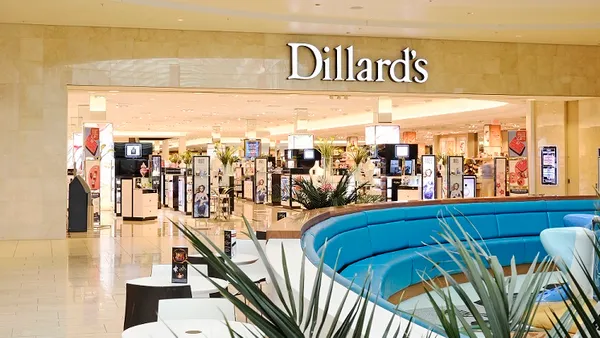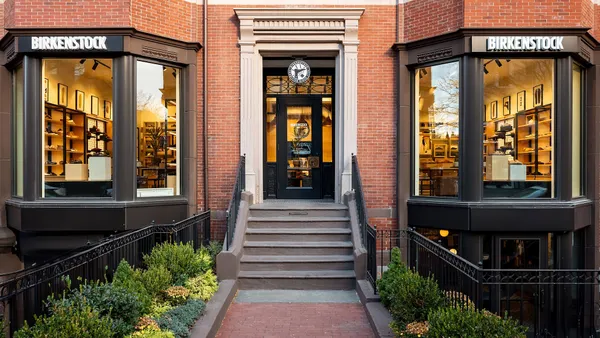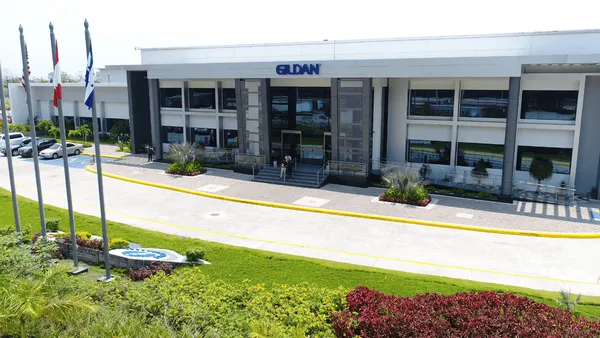Dive Brief:
- Dillard's on Tuesday reported fourth quarter net sales of $2.06 billion, up 6% from the year-ago period (which was a week shorter), while total merchandise sales were up 7%, according to a press release. Comparable sales were up 3% in the quarter.
- The department store retailer also reported net income of $157.6 million, a dizzying 177% spike over the previous year but one that includes a tax benefit of $77.4 million that the company attributed to last year's tax bill. Excluding the tax benefit, earnings per share were $2.82, well higher than the FactSet consensus of $1.82 cited by MarketWatch. Likewise, the retailer's comps for the quarter were more than double the FactSet estimates, and sales were $10 million higher than estimates.
- For the full fiscal year, Dillard's posted net sales of $6.26 billion, a slight increase over the previous year, while comps remained flat. Net income for the year was $221.3 million, up from $169.2 million in the year-ago period. The retailer, with 268 Dillard's stores and 24 clearance centers, said gross margins from retail operations in Q4 increased 48 basis points from the year-ago period, with inventory up 4%. For the full year, retail gross margins were down 65 points.
Dive Insight:
Dillard's CEO William Dillard II said of the retailer's Q4 performance, "We are working to keep this momentum into 2018." And no wonder — the company demolished expectations and marked a steep improvement over its previous year in Q4.
The question remains whether the retailer will continue Q4's hot streak into 2018 and beyond.
"In contrast to its usual dismal performance, Dillard's has posted some good numbers for its final quarter of the fiscal year," Neil Saunders, managing director of GlobalData Retail, said in comments emailed to Retail Dive. "Although performance has improved, we believe that this is mostly because of the upswing in consumer spending over the holiday period."
On the positive side, Saunders said Dillard's is "neither a sloppy nor a shabby retailer," and "if anything, it is well disciplined and has good operating standards." Its stores are clean, service is good and assortment "reasonable," according to Saunders. And, in an era of record retail bankruptcies, Dillard's has a clean balance sheet to match its stores. The problem, in Saunders' view, is that these are "hygiene factors" that "do not guarantee long-term survival."
More specifically, Dillard's stores are too many, piled too high with merchandise and are hard to shop, according to Saunders. "And its brand image tends towards fusty rather than modern," he said.
Dillard's faces much of the same challenges of other department store retailers: aging customers, slowing traffic, price deflation and promotional pressure, as well as competition from both online players and brick-and-mortar off-price stores.
"Dillard's is still losing customers, and as economic conditions tighten towards the end of the year, it will likely lose more," Saunders said, adding that "once benign conditions come to an end, the old weaknesses and problems at Dillard's will resurface."














